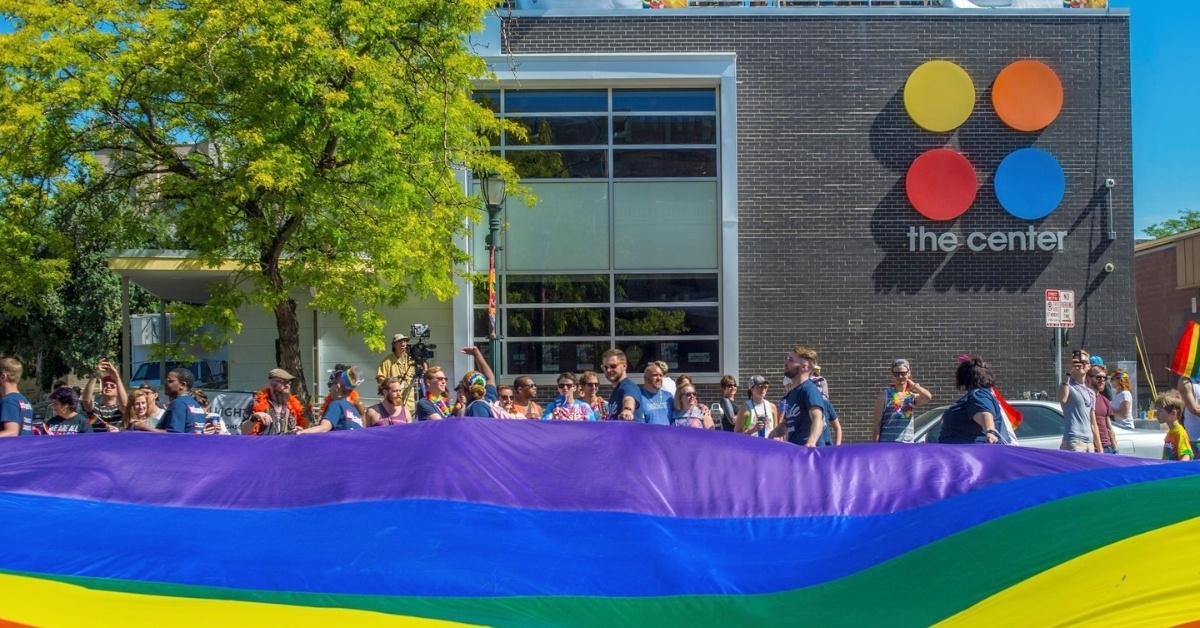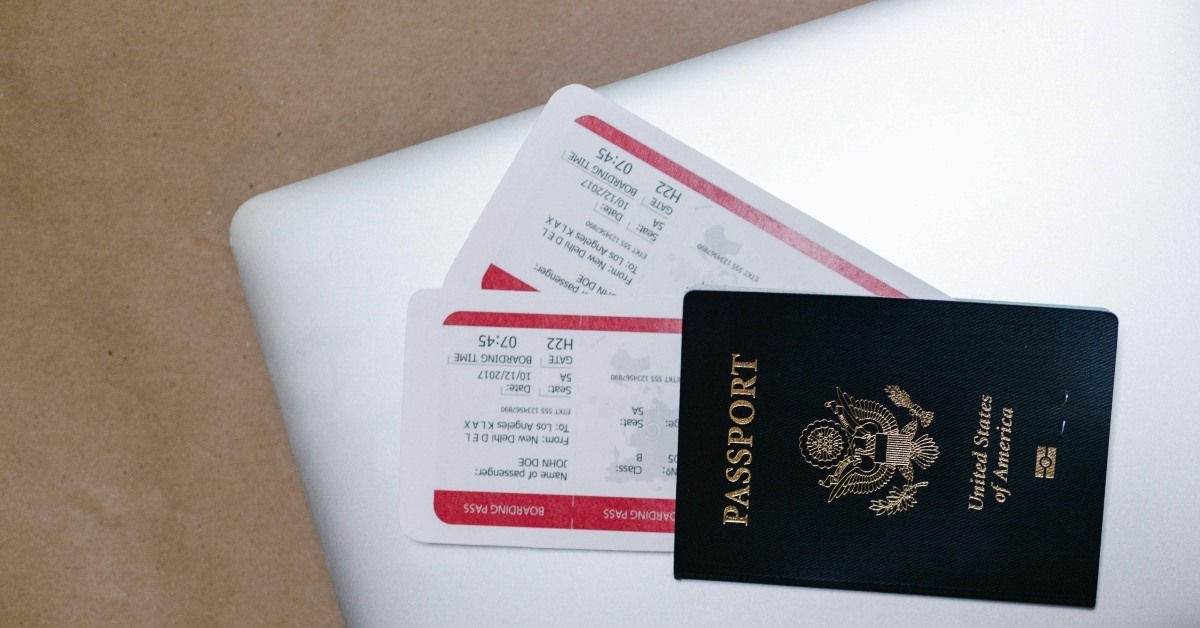BY: Denver Sean
Published 5 years ago

If you’ve been on social media the past few days, you’ve probably seen a variation of the following tweet circulating with claims that Pfizer’s COVID-19 vaccine gave four people in the United States Bell’s palsy during clinical trials:

Bell’s palsy, which is usually temporary, causes muscles on one side of the face to droop because of nerves not working properly.
While four people in a group of 21,720 people who had the Pfizer vaccine in a trial in the US, compared to none among 21,728 people given a placebo vaccine DID develop Bell’s palsy — it wasn’t because of the vaccine.
In fact, the rate of Bell’s palsy occurrence among the group is no different to how often it would be expected to happen in a random population.
The Food and Drug Administration said in its report: ‘The four cases in the vaccine group do not represent a frequency above that expected in the general population.’
This means that it was pure chance, but also normal, that all the people who developed the condition happened to be in the vaccine group, and the same number of people would likely have got it in any group that size, regardless of a vaccine.
Vaccines have to have their safety rigorously assessed before they can be approved for public use and, during this time, every health problem suffered by people who have had the jab is recorded.
This generally includes dozens or even hundreds of illnesses completely unrelated to the vaccine, as well as some that could be triggered by the injection.
Furthermore, Bell’s palsy usually clears up by itself within nine months or less, according to the NHS.
None of the people who developed it in the trial saw it last longer than three weeks.
The condition is usually sudden and not preventable, and may be linked to herpes viruses, other viral infections, diabetes or stress.
Around seven out of 10 people with Bell’s palsy make a complete recovery, with or without treatment.
Most people notice an improvement in their symptoms after about two to three weeks. However, a complete recovery can take between three and six months.
Each year, about 40,000 people in the US develop Bell’s palsy.
There are some patterns to who tends to get Bell’s palsy. It’s more common in pregnant women, especially during their third trimester, or shortly after birth. People with diabetes are also more prone to Bell’s. Having an upper respiratory infection, like the cold or the flu is also a risk factor.
We’re not here to tell you to trust or not trust the vaccine — we’re just giving you all the facts so you can make the best decision for your and your loved ones.










